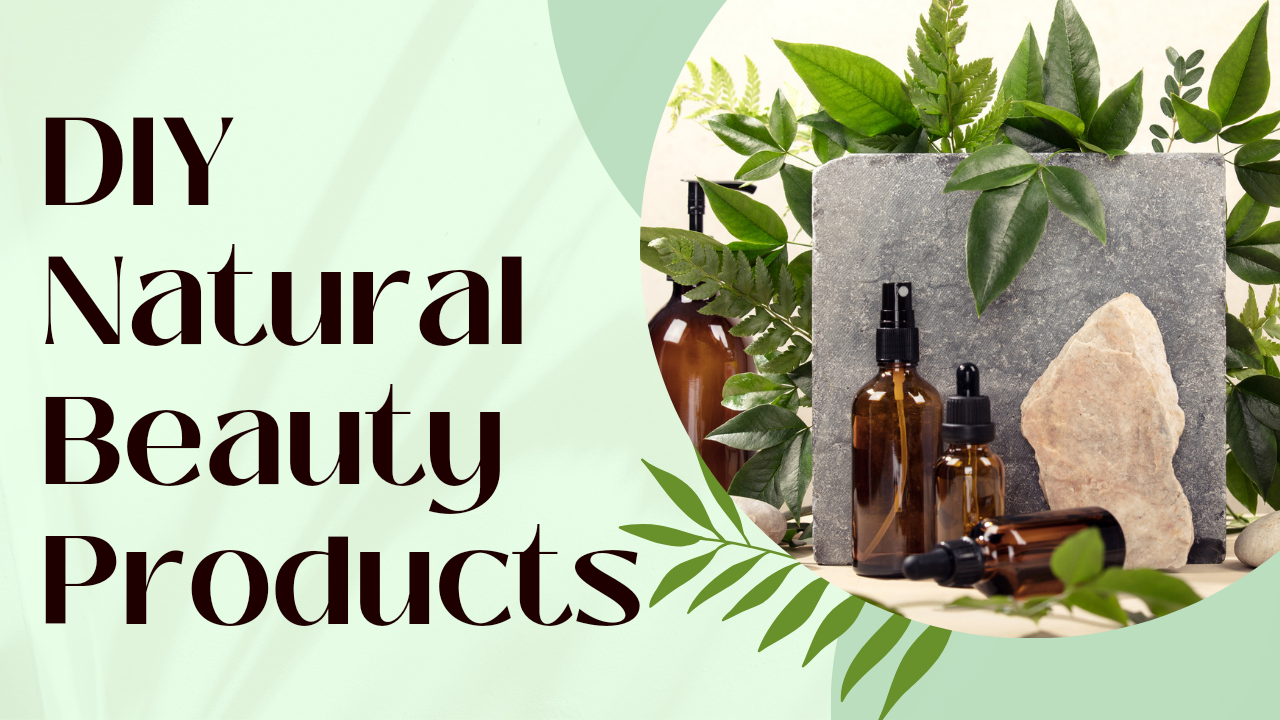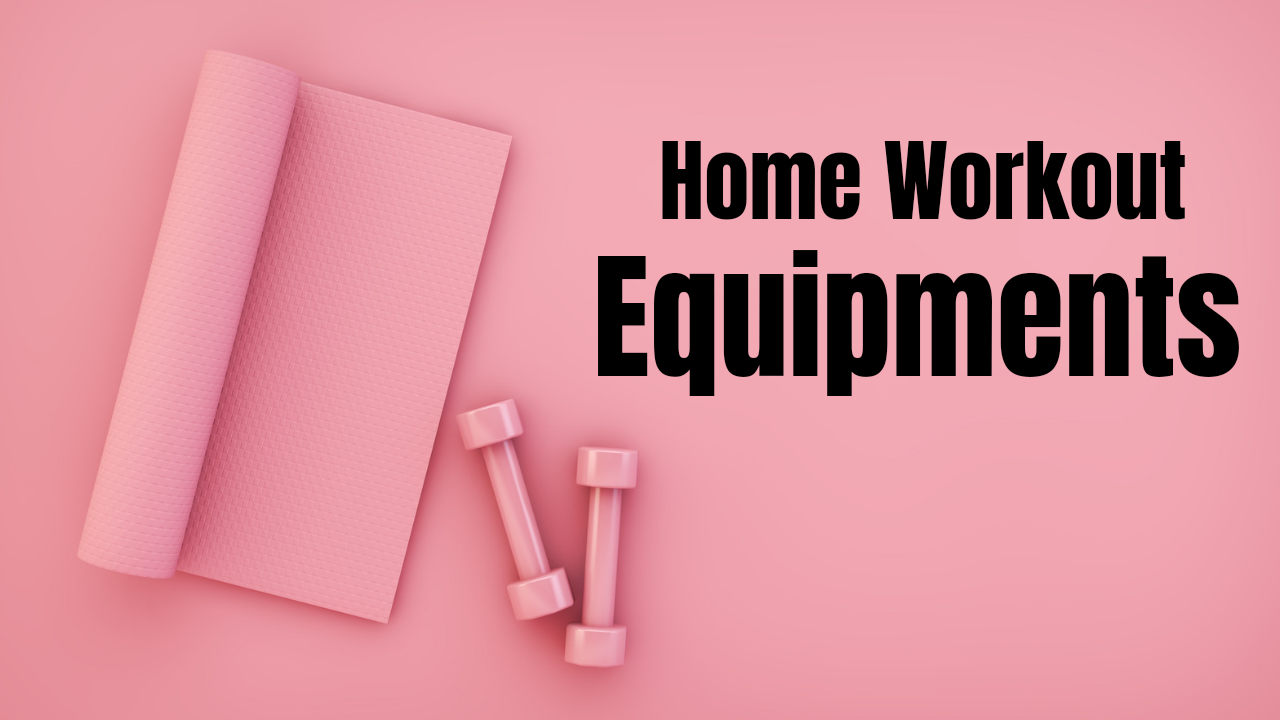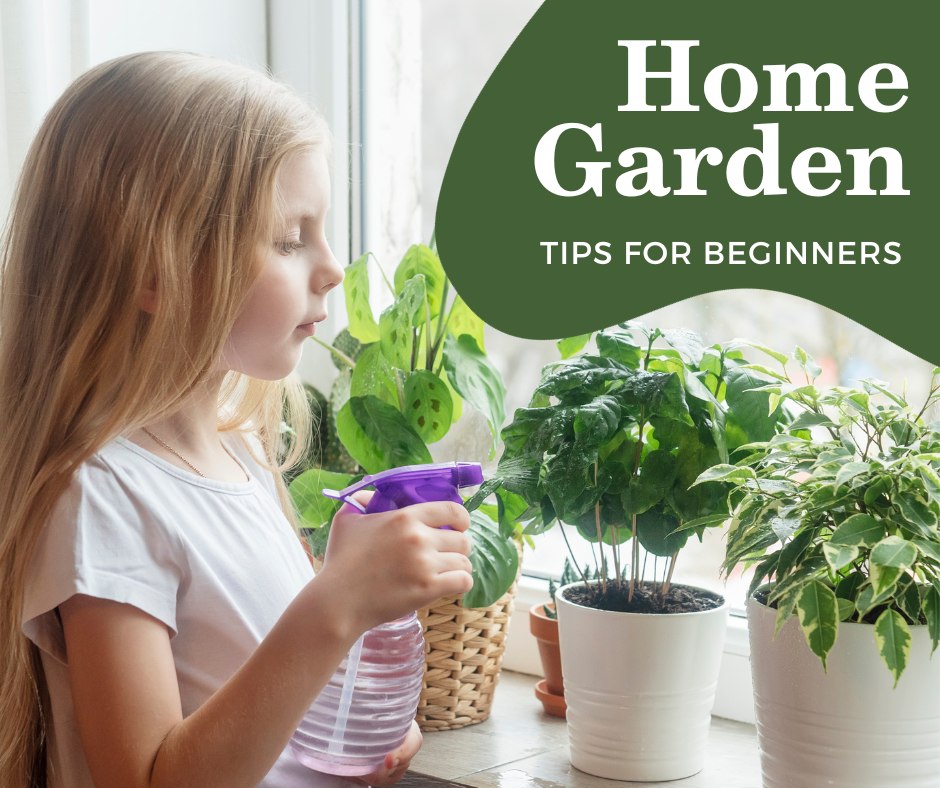Breathing Fresh: A Comprehensive Guide to Improving Indoor Air Quality

Intro:
In the hustle and bustle of modern life, we often overlook the importance of the air we breathe indoors. Poor indoor air quality can have adverse effects on health, contributing to respiratory issues and overall discomfort. In this detailed guide, we’ll explore step-by-step tips to enhance and maintain excellent indoor air quality for a healthier and more comfortable living environment.
Quick Links:
- Identify Indoor Air Pollutants: Knowing Your Foes
- Ventilation Matters: Introduce Fresh Air
- Invest in Air Purifiers: Your Silent Allies
- Maintain a Clean Environment: Dusting and Vacuuming
- Control Humidity Levels: A Balancing Act
- Choose Low VOC Products: Mindful Purchases
- Bring Nature Indoors: The Power of Plants
- Be Mindful of Cooking Pollutants: Proper Ventilation is Key
- Eliminate Smoking Indoors: A Non-Negotiable
- Regular HVAC Maintenance: Breathe Clean Air
- Be Cautious with Air Fresheners: Natural Alternatives
Navigate directly to the section that interests you most and take actionable steps towards enhancing your indoor air quality.
1. Identify Indoor Air Pollutants: Knowing Your Foes
Common Pollutants:
Understanding the sources of indoor air pollutants is the first step. These can include dust mites, pet dander, mold spores, volatile organic compounds (VOCs) from household products, and pollutants from cooking or smoking.
Quick Tip:
Conduct a home assessment to identify potential sources of indoor air pollution.
2. Ventilation Matters: Introduce Fresh Air
Regular Ventilation:
Ensure proper ventilation to allow fresh air to circulate throughout your home. Open windows and doors regularly, especially during mild weather, to flush out pollutants and bring in outdoor air.
Quick Tip:
Use exhaust fans in bathrooms and kitchens to remove moisture and pollutants at the source.
3. Invest in Air Purifiers: Your Silent Allies
Choosing the Right Purifier:
Invest in a high-quality air purifier to remove particulate matter and allergens from the air. Look for purifiers with HEPA filters, which are effective in trapping tiny particles.
Quick Tip:
Select an air purifier that suits the size of the room for optimal performance.
4. Maintain a Clean Environment: Dusting and Vacuuming
Regular Cleaning Routine:
Dust and vacuum your home regularly to reduce the accumulation of dust mites, pet dander, and other allergens. Use a vacuum cleaner with a HEPA filter to trap fine particles.
Quick Tip:
Wash bedding, curtains, and rugs frequently to minimize dust buildup.
5. Control Humidity Levels: A Balancing Act
Ideal Humidity Range:
Maintain indoor humidity levels between 30% and 50% to discourage mold growth and dust mites. Use dehumidifiers in damp areas and consider adding houseplants that naturally regulate humidity.
Quick Tip:
Invest in a hygrometer to monitor humidity levels in different rooms.
6. Choose Low VOC Products: Mindful Purchases
Eco-Friendly Products:
Opt for low-VOC or VOC-free household products such as paints, cleaning supplies, and furniture. VOCs can release harmful chemicals into the air, impacting indoor air quality.
Quick Tip:
Look for products labeled as “low-VOC” or “VOC-free” when shopping.
7. Bring Nature Indoors: The Power of Plants
Air-Purifying Plants:
Introduce indoor plants that naturally filter and purify the air. Plants like spider plants, snake plants, and peace lilies can absorb pollutants and release oxygen, promoting a healthier indoor environment.
Quick Tip:
Choose plants that thrive in indoor conditions and match your care abilities.
8. Be Mindful of Cooking Pollutants: Proper Ventilation is Key
Cooking Practices:
Cooking can release pollutants such as smoke, grease, and odors. Use proper ventilation, like an exhaust hood, to remove cooking pollutants. Consider cooking with lids on pots to minimize airborne particles.
Quick Tip:
Open windows and doors while cooking to improve air circulation.
9. Eliminate Smoking Indoors: A Non-Negotiable
Smoke-Free Zone:
Avoid smoking indoors as tobacco smoke is a significant indoor air pollutant. Establish a designated outdoor area for smoking to prevent the infiltration of harmful particles into your living space.
Quick Tip:
Encourage a smoke-free environment for the health of all occupants.
10. Regular HVAC Maintenance: Breathe Clean Air
Scheduled HVAC Inspections:
Ensure your heating, ventilation, and air conditioning (HVAC) system operates efficiently by scheduling regular inspections. Change air filters as recommended to prevent the circulation of dust and allergens.
Quick Tip:
Consider upgrading to high-efficiency filters for enhanced air filtration.
11. Be Cautious with Air Fresheners: Natural Alternatives
Chemical-Free Scents:
Many commercial air fresheners contain synthetic fragrances and harmful chemicals. Opt for natural alternatives like essential oils, simmering spices, or homemade potpourri to add pleasant scents without compromising air quality.
Quick Tip:
Create your air freshener using essential oils and water in a spray bottle.
Conclusion: Breathing Easy in Your Sanctuary
Creating a healthier indoor environment is a step-by-step process that involves awareness, mindful choices, and regular maintenance. By implementing these tips, you not only improve indoor air quality but also create a space that nurtures your well-being. Remember, small changes can have a significant impact, and breathing easy in your home is an investment in your family’s health and comfort.


